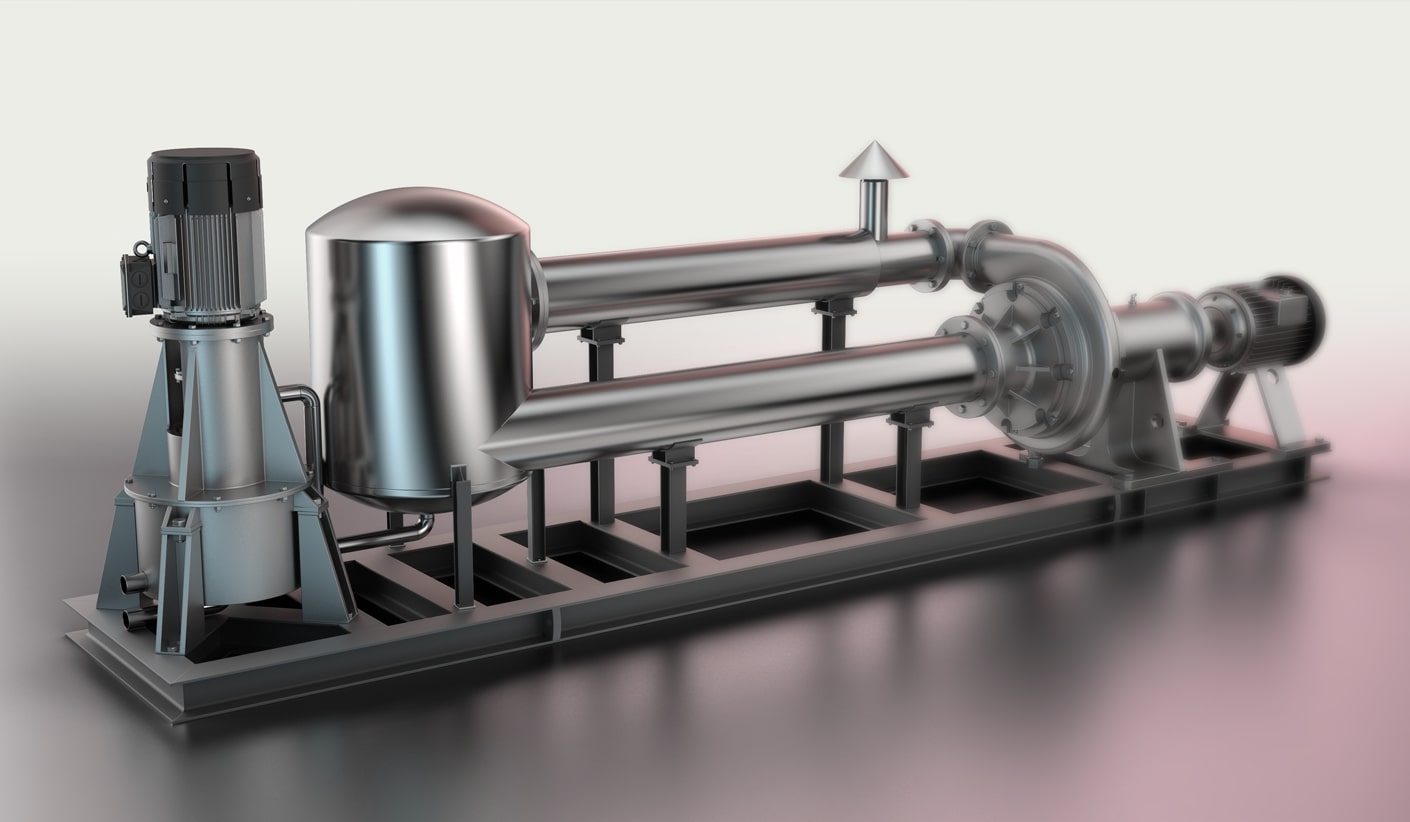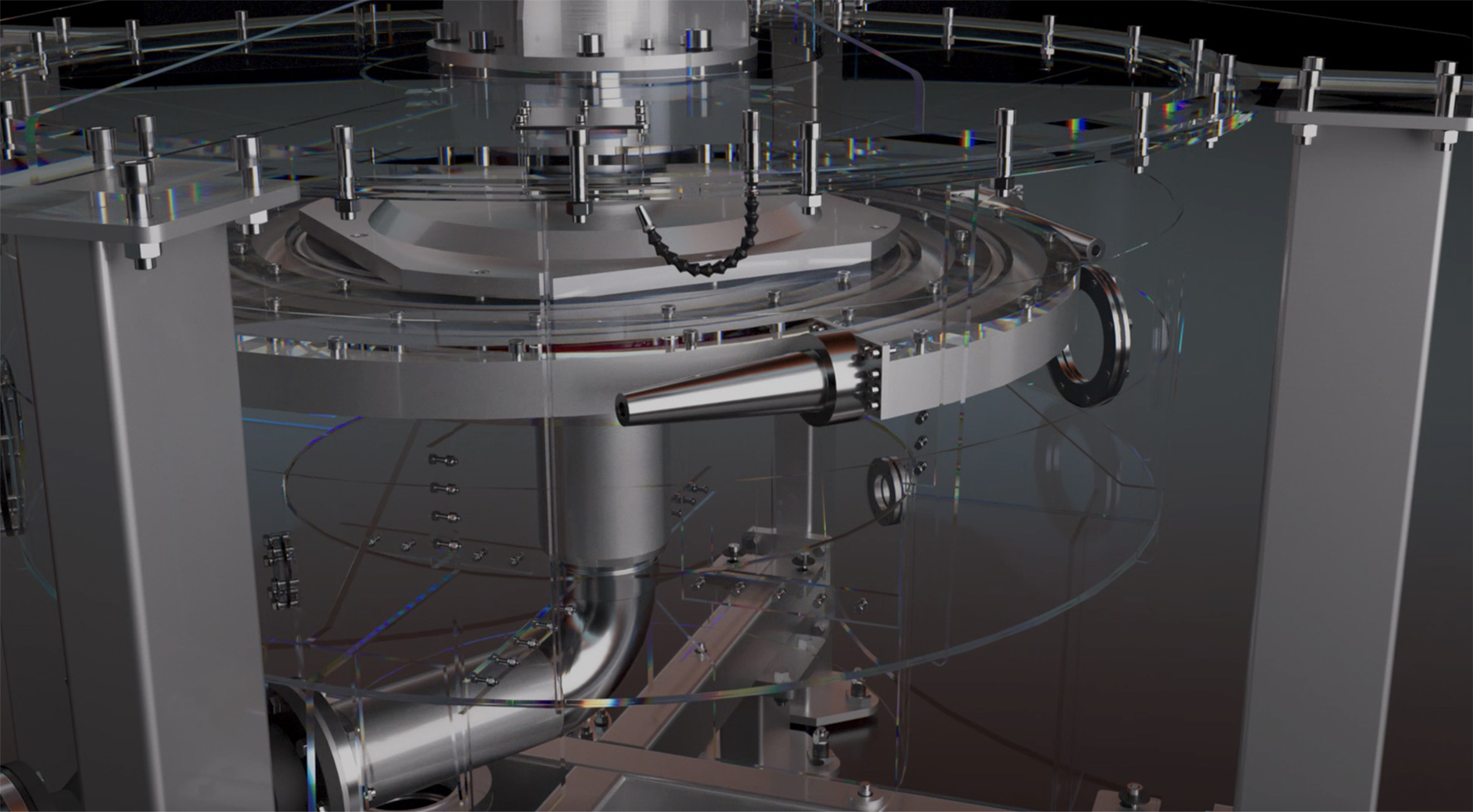
70% of the world’s energy is waste heat, but it is out of reach.
The challenge of efficient conversion of waste heat is inherent to all existing heat engines, because they operate only on gasses or vapors, and therefore on adiabatic processes. As a result they are large in size, high in costs and deliver poor efficiency. They are simply inaccessible to most types of power grids and generators.
Through inducing isothermal expansion, Luminescent Heat Engine is able to generate zero-emission electricity from any source of waste heat, doubling efficiency and cutting cost by half compared to standard heat engines.
Isothermal expansion for maximal efficiency
- Heat transfer liquid (HTL) flows in a nozzle, mixed with pressurized air (or other gas) bubbles
- The bubbles expand isothermally due to their large surface area and poor heat capacity, as required by Carnot for maximal efficiency*
- The expansion accelerates the HTL, converting it into kinetic energy
- A four nozzle rotor operates a generator located on top of the engine shaft.







 combined Eff
combined Eff










